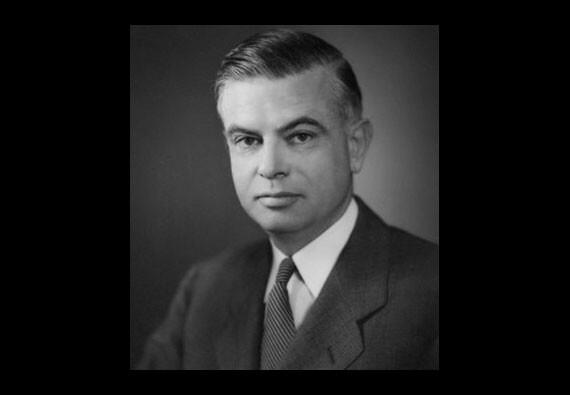

1934

1949

1961

1963

Late 1960s

1970

1970s

1973

1977

1980s

1981

1981

1982

1982

1982

1984

1987

1999

2004






















Offices, apartment buildings and retail locations in Los Angeles face a tangle of difficulties as the smoke clears from January's wildfires. High on the list is inadequate insurance, a common problem in California.
House Republicans, led by House Financial Services Committee Chairman French Hill, R-Ark., outlined their priorities for the Trump administration's banking agenda in a series of letters to key regulators.
The buy now/pay later company made a deal with Stride Bank to add banking-as-a-service heft as Affirm Card usage soars and Evolve grapples with defections.
The Trump administration is leapfrogging the normal process by taking its fight over a district court injunction blocking efforts to shut down the Consumer Financial Protection Bureau to a federal appeals court, according to the CFPB workers' union.
John Kothanek, who leads the crypto exchange's global intelligence team, shares some of the ways the company helps investigate on-chain crime.
"I can't just go fishing in the ocean," said Grasshopper Bank CEO Michael Butler, referring to his bank's ability to gather deposits. "JPMorgan Chase is out there with a yacht, and I'm driving a small speedboat."